This collection of slow furniture is a powerful ode to time
A serene exhibition of David Dolcini's 'Time-made' collection has fast-tracked its place into our hearts and homes
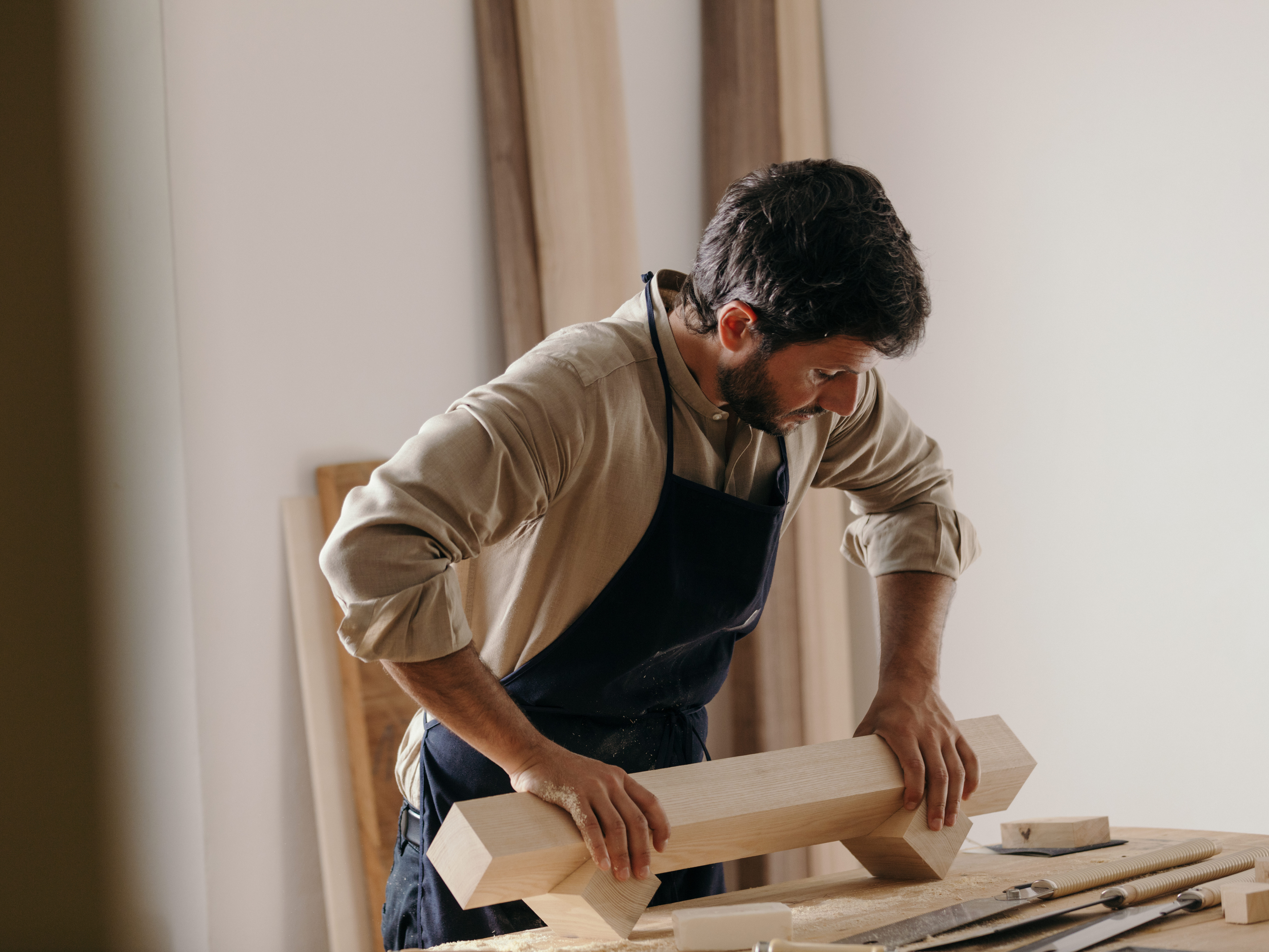
Designer David Dolcini would be a certified carpenter in Japan, where, as he explains, ‘They say you're not a real carpenter until you can build your own tools.’ This philosophy underscores the handcrafted nature of his latest series, a direct result of the time he spent in 2020 honing his skills as a craftsman. ‘In Europe, Covid started with patient one in Codogno, which is where I’m from,’ says the Politecnico di Milano graduate. ‘It was the first time that I had no meetings and couldn’t travel because the world had stopped, so I could take my time on personal projects.’ This uncertain period of time birthed his research project and his ‘Le Forme del Tempo’ or ‘Time-made’ collection.
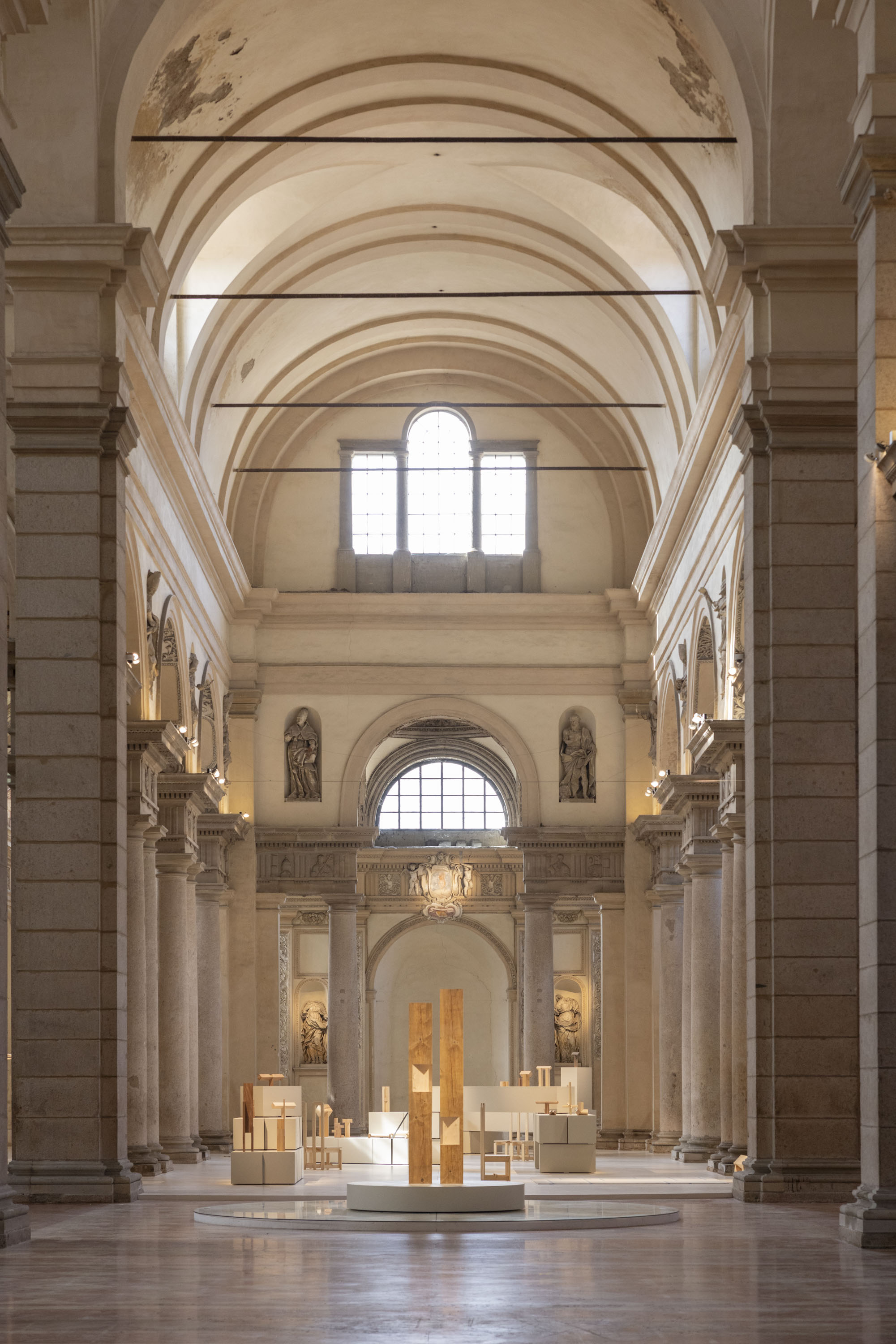
'Le Forme del Tempo’ by David Dolcini at Volumnia, Piacenza
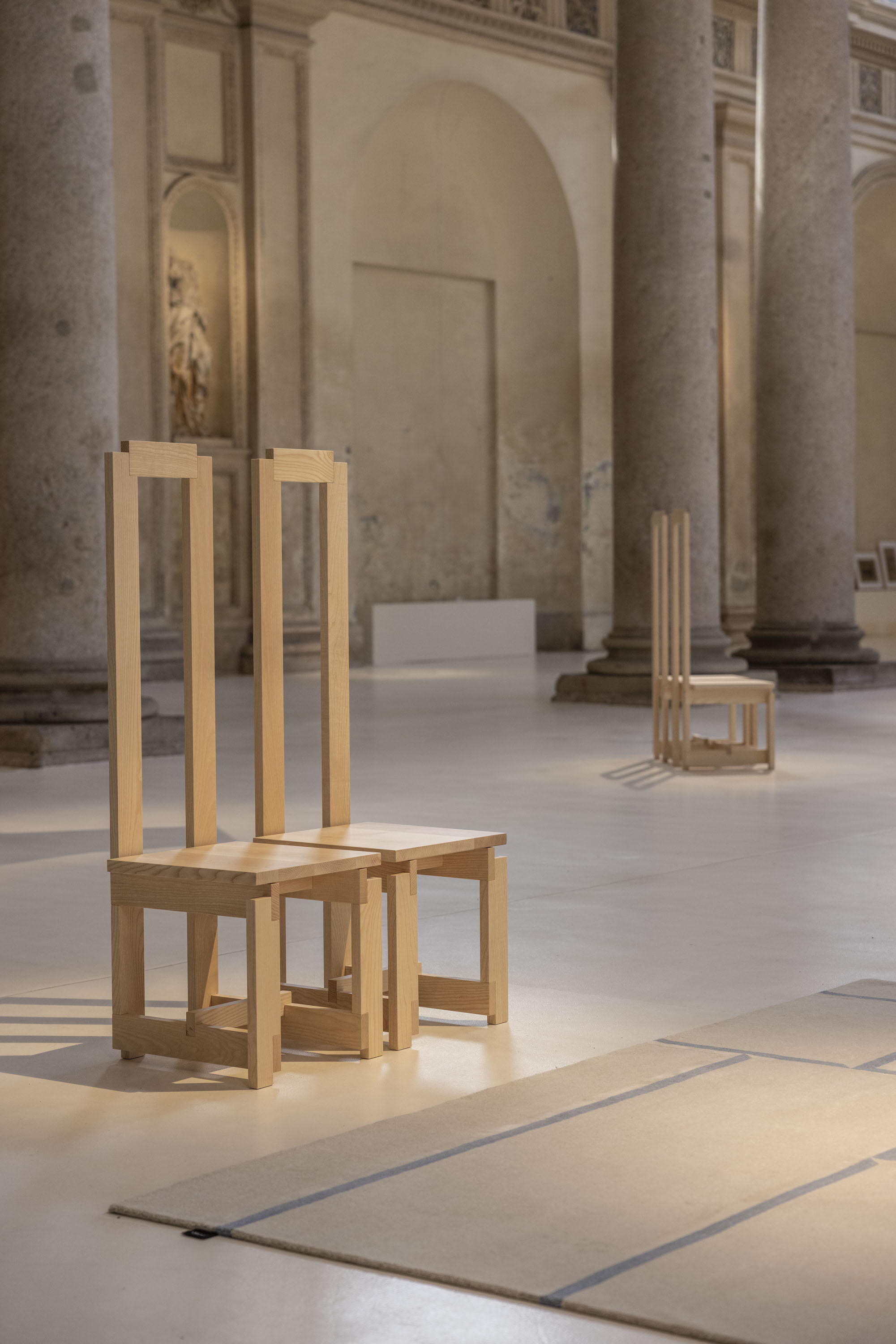
Spina chair by David Dolcini,
Dolcini’s 37-piece series is subtle, inviting reflection. ‘My collectibles are not easy to understand because they are not in your face; they are silent,’ he explains. One example is the Supino mirror, which required Dolcini to design a custom tool to cut the wood at a precise 45-degree angle. With the Spina chair, he has expertly joined the wood without the need for additional fixings to form a functional seat. In fact several pieces feature the overlapping different woods like fir and American walnut or oak for soft contrasts.
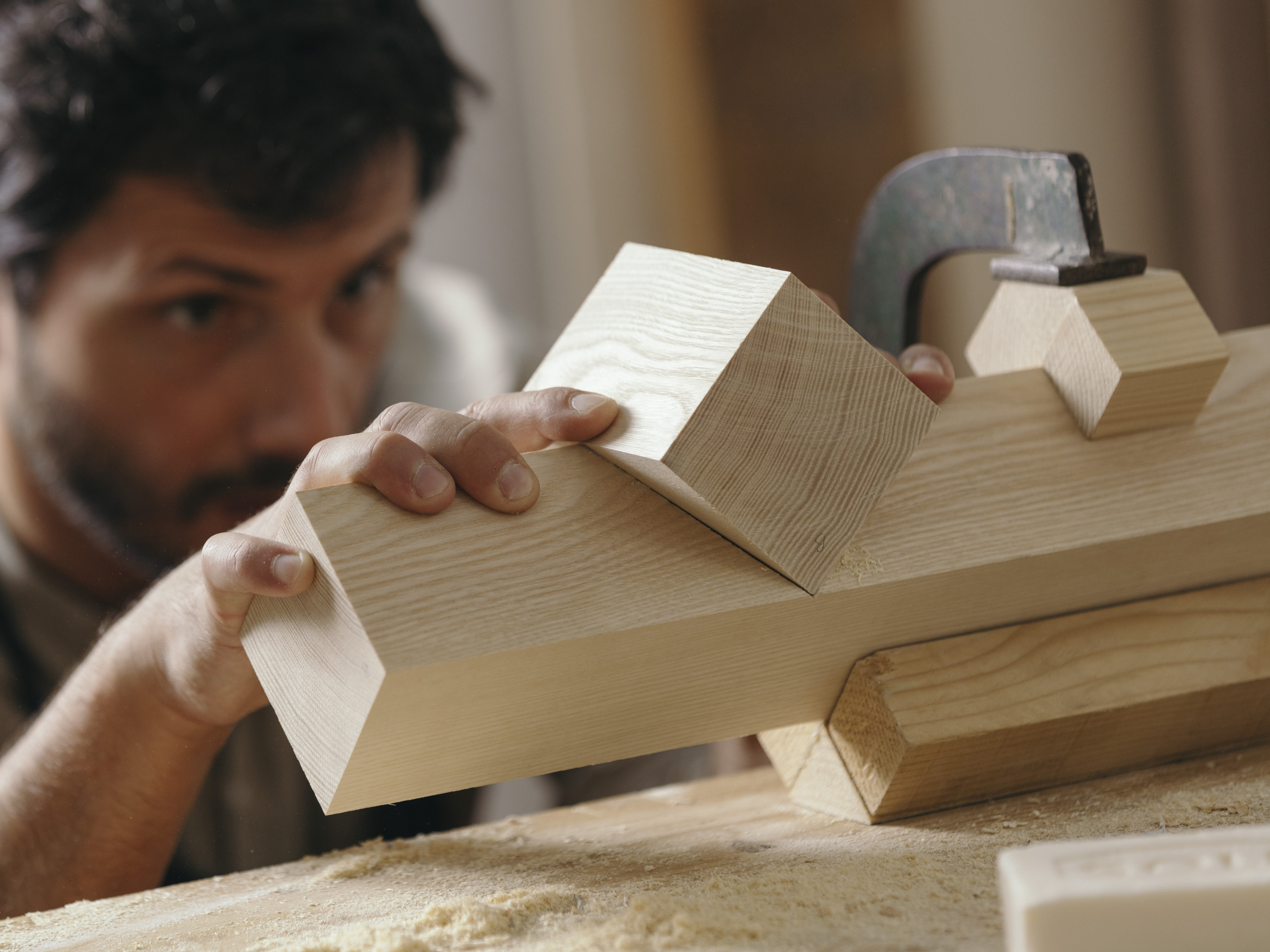
David Dolcini in his workshop
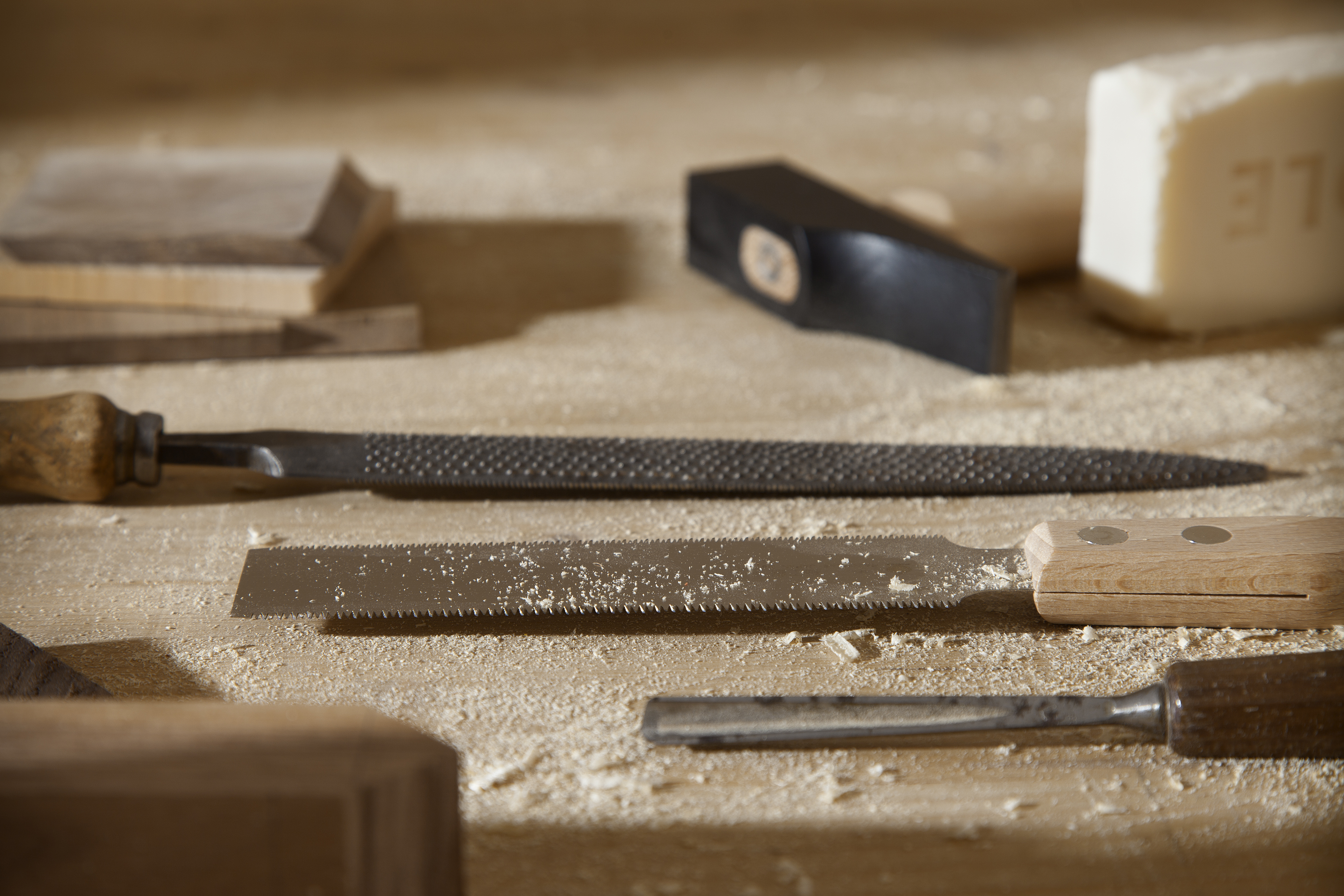
Dolcini's tools
Rather than cutting the wood using the traditional push-pull Western method, he adopted a Japanese technique where you pull to achieve straight lines. ‘The western pushing motion can cause bending, making it hard to control the cut,’ he explains. ‘With the Japanese pulling motion you can get perfectly straight cuts, even on very thin materials. The Japanese saws don’t work well with harder woods like the mahogany I used, so I had to work very slowly.’
The wood has been collected from the carpenters in his local area. ‘I didn't buy most of the wood I used, I went to workshops run by artisans who were retiring and closing up shop with no one to inherit their business,’ he explains. He focused on sourcing aged wood, which moves less when it is being cut.

'Le Forme del Tempo’ by David Dolcini at Volumnia, Piacenza
Curated by Marco Sammicheli, director of the Triennale di Milano, this exhibition is the second part of Dolcini’s experimental research project, following the first instalment held in Volumnia’s courtyard. ‘David has crafted an award that we give annually at La Scala. Having seen his work, I believe that he is very current and I liked his values,’ explains Sammicheli. ‘His aesthetics fills a gap that’s in the market. I hope it will ignite an urgency in people to carve out time for themselves and meditate.’
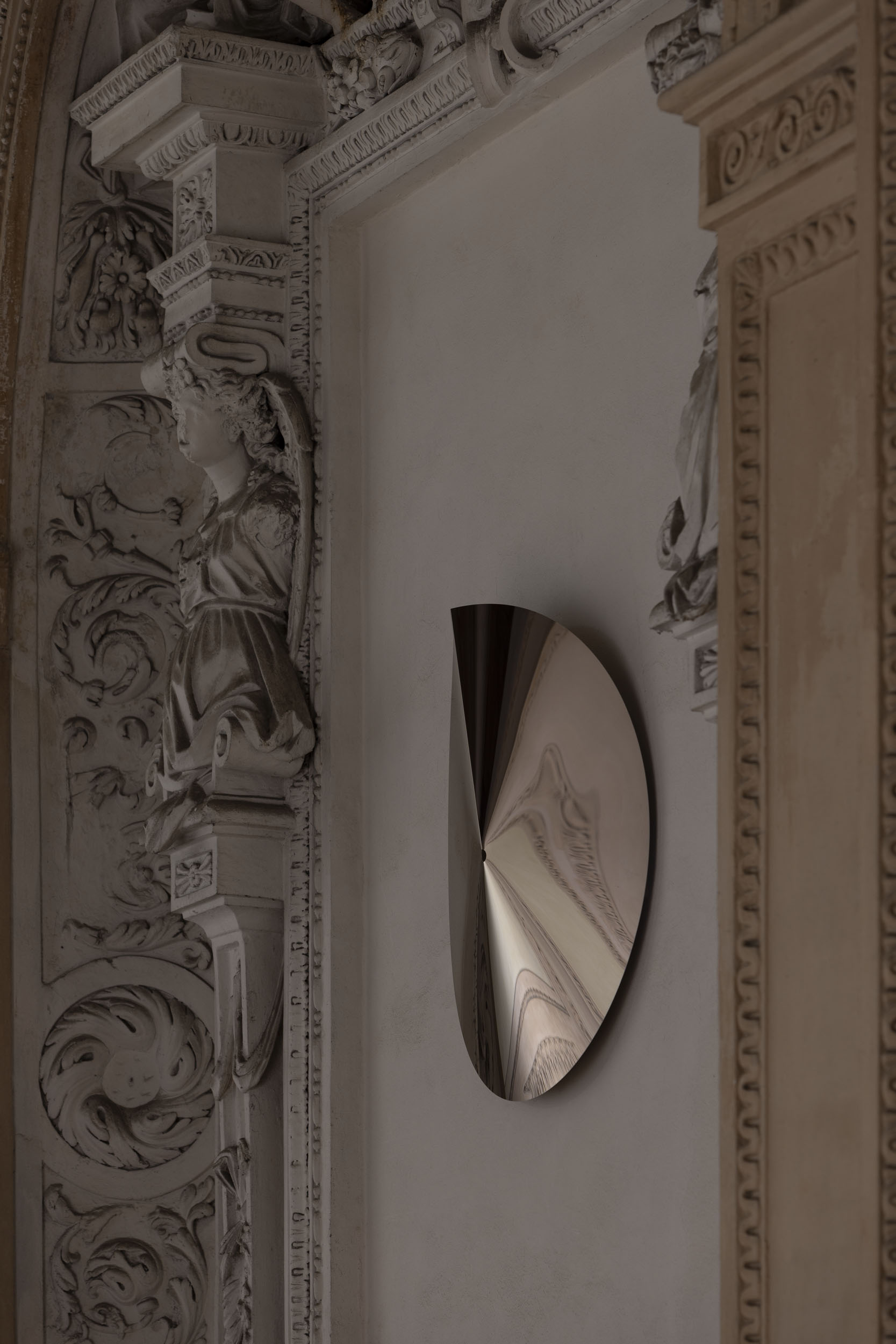
Radia wall hanging by David Dolcini in collaboration with Arflex
The exhibition’s setup is as calming as you might expect for such a collection. The work on display, though solid, remains soft and contemplative. Muted tones of fir, oak, and cedar wood, along with reflective surfaces like the Radia wall hanging, made in collaboration with Arflex in a new bronze effect, make for a harmonious atmosphere. The lines on Dolcini’s Tralci wool and silk rug, handmade in India, echo the clean lines of his timber sculptures. Together, these elements merge to establish a peaceful coexistence in the impressive former church space that is Volumnia.
‘Le Forme del Tempo’ runs from March 29th – May 24th 2025 at Volumnia, Stradone Farnese, 33, Piacenza, Italy
Receive our daily digest of inspiration, escapism and design stories from around the world direct to your inbox.
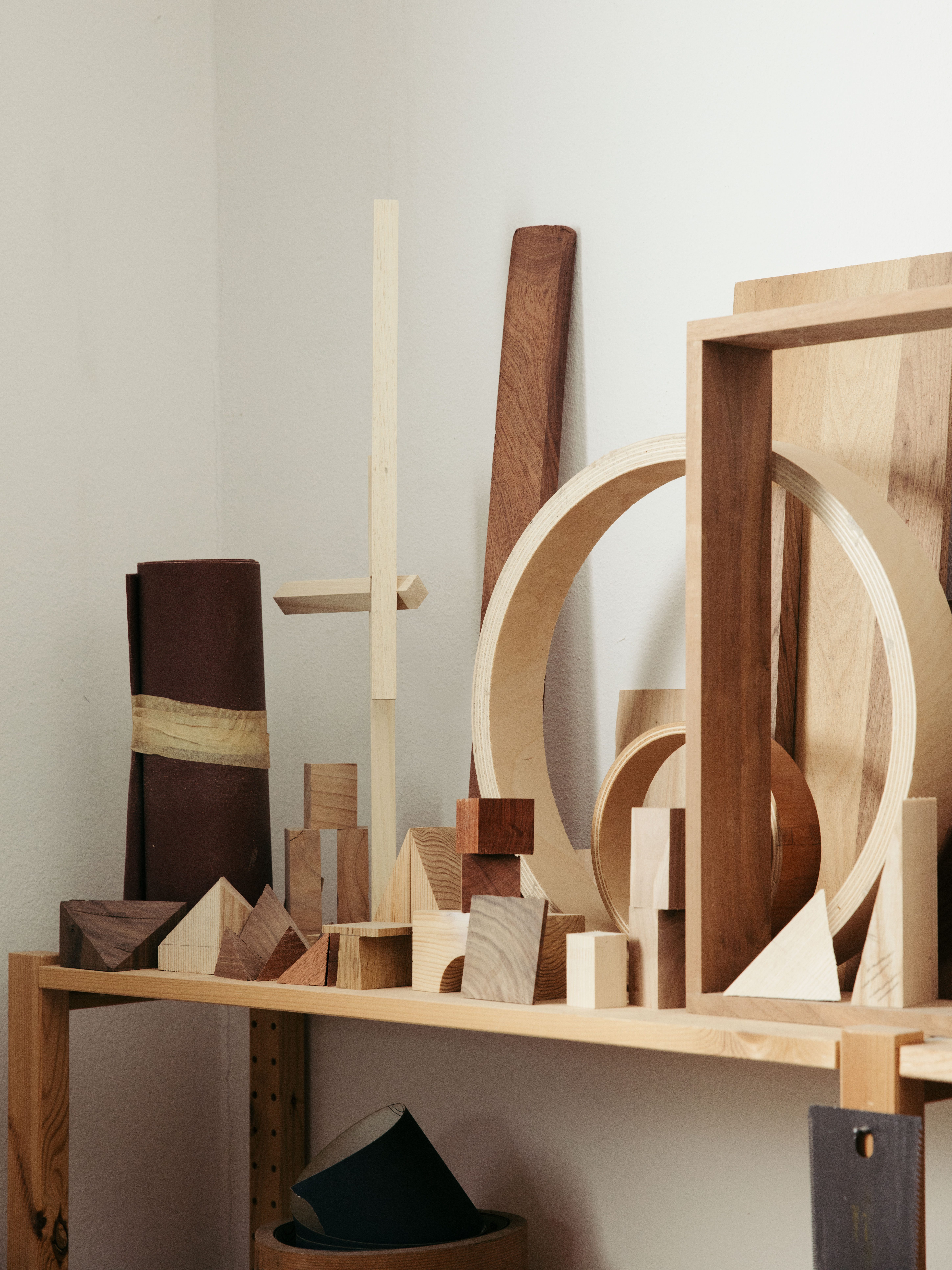
-
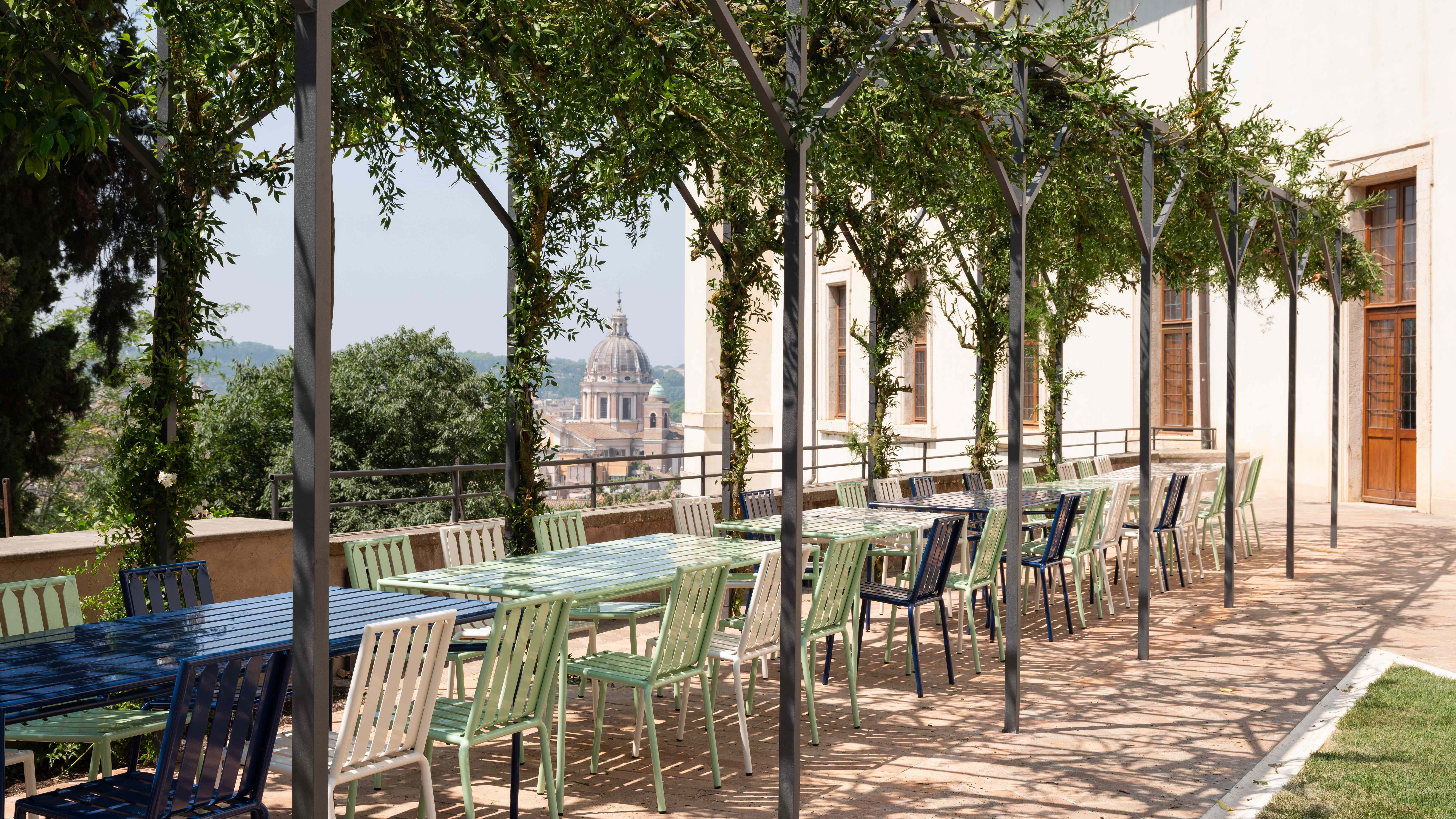 Spend a night at the renovated Villa Medici, ‘one of Rome’s greatest sleepover experiences’
Spend a night at the renovated Villa Medici, ‘one of Rome’s greatest sleepover experiences’Villa Medici is not a hotel; but if you can snag a room at what’s in fact the French Academy in Rome, you’re in for a design treat
-
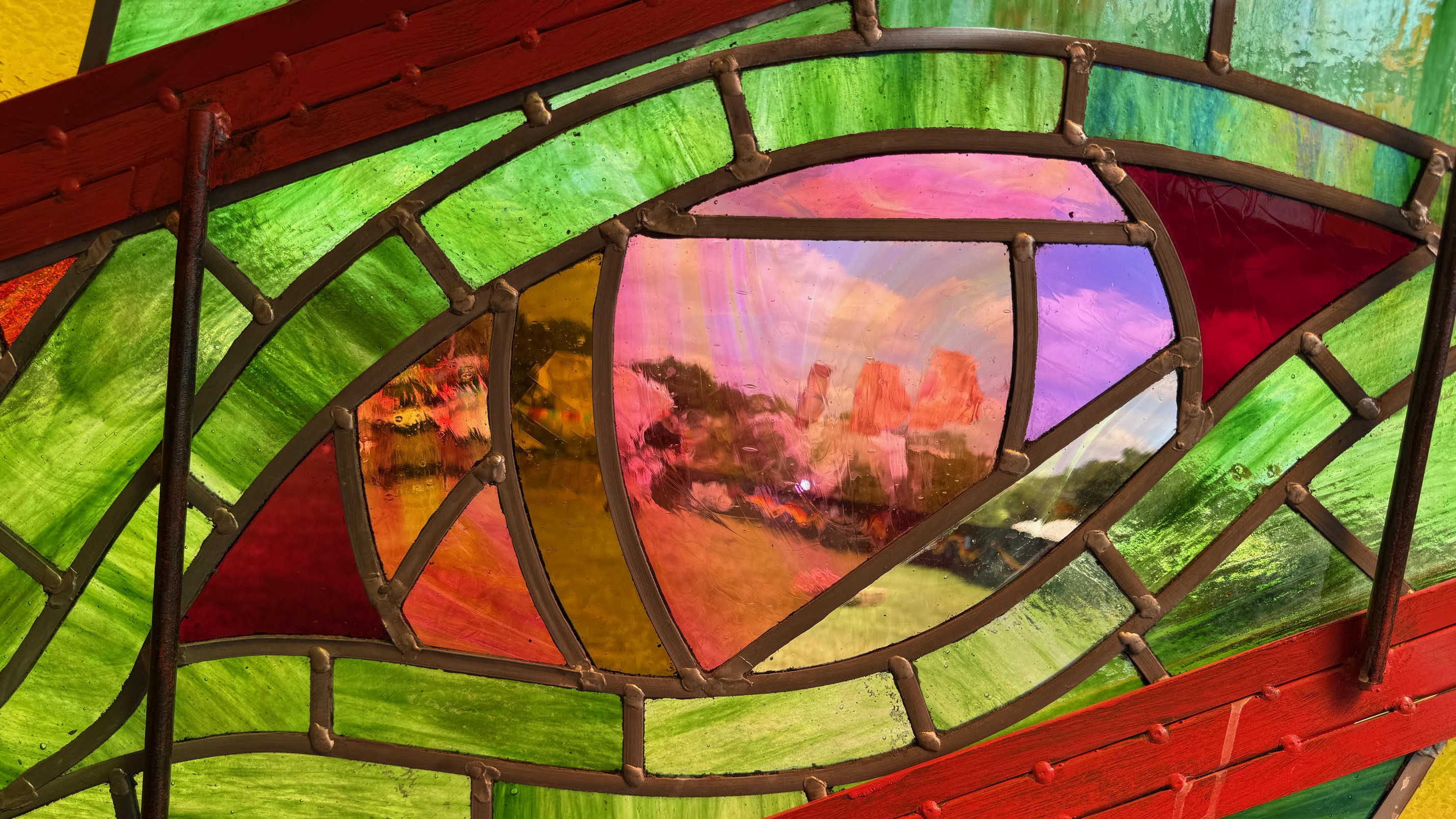 A bespoke 40m mixed-media dragon is the centrepiece of Glastonbury’s new chill-out area
A bespoke 40m mixed-media dragon is the centrepiece of Glastonbury’s new chill-out areaNew for 2025 is Dragon's Tail – a space to offer some calm within Glastonbury’s late-night area with artwork by Edgar Phillips at its heart
-
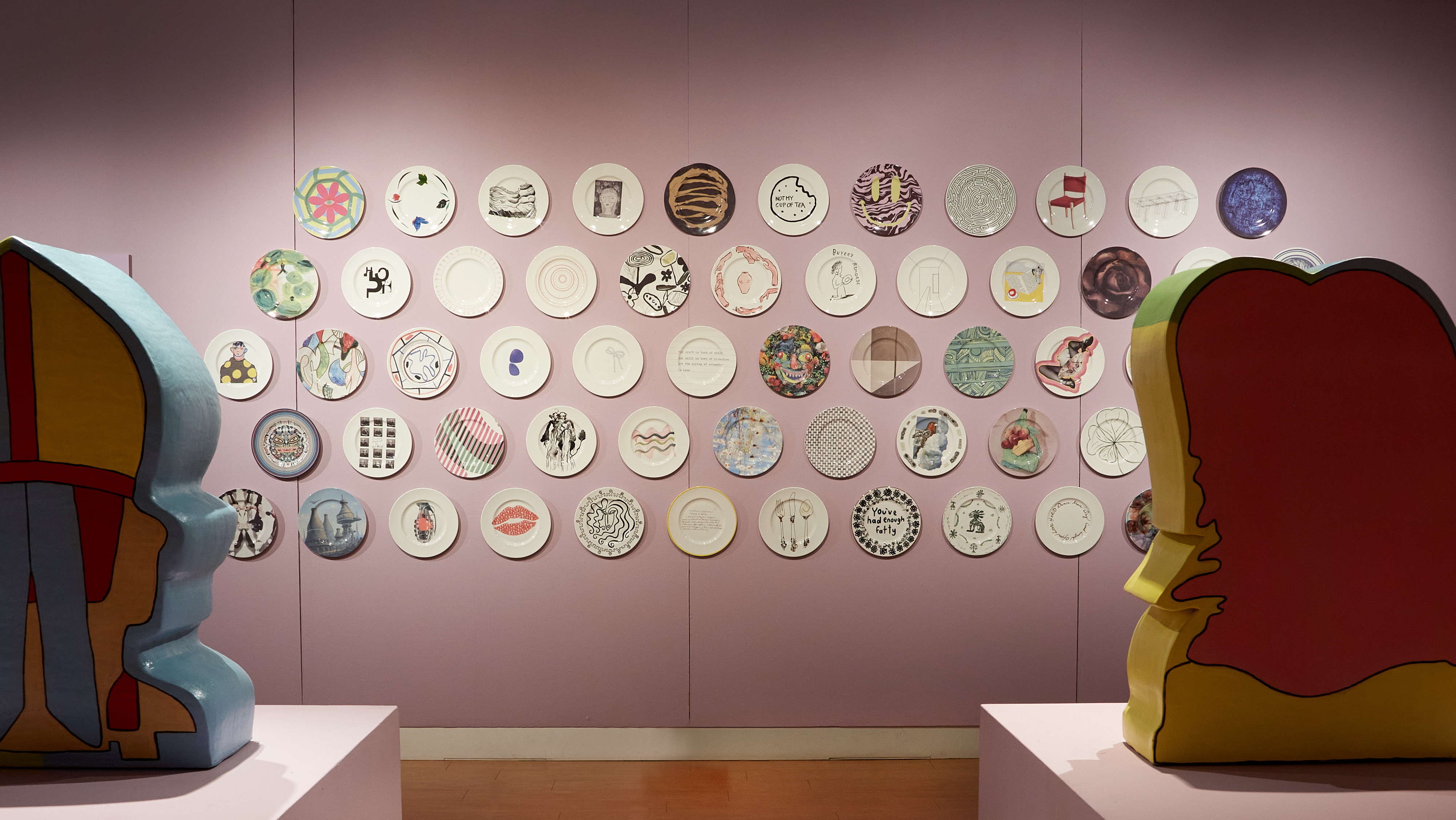 ‘100 Years, 60 Designers, 1 Future’: 1882 Ltd plate auction supports ceramic craft
‘100 Years, 60 Designers, 1 Future’: 1882 Ltd plate auction supports ceramic craftThe ceramics brand’s founder Emily Johnson asked 60 artists, designers, musicians and architects – from John Pawson to Robbie Williams – to design plates, which will be auctioned to fund the next generation of craftspeople
-
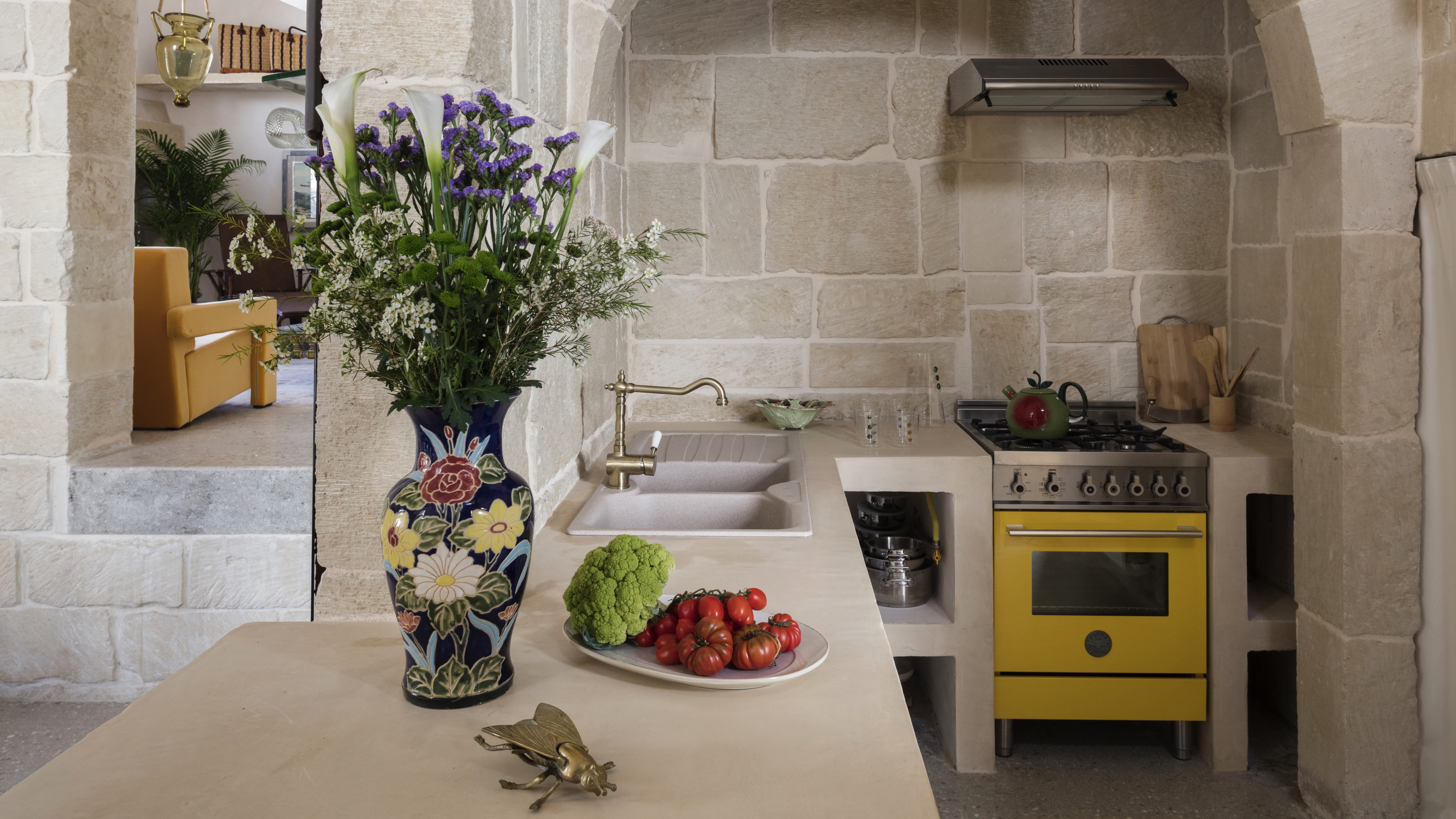 This 18th-century Puglian villa has been restored with contemporary touches
This 18th-century Puglian villa has been restored with contemporary touchesThe updated stonemason's workshop is a haven of centuries-old brick and sophisticated made-in-Italy design
-
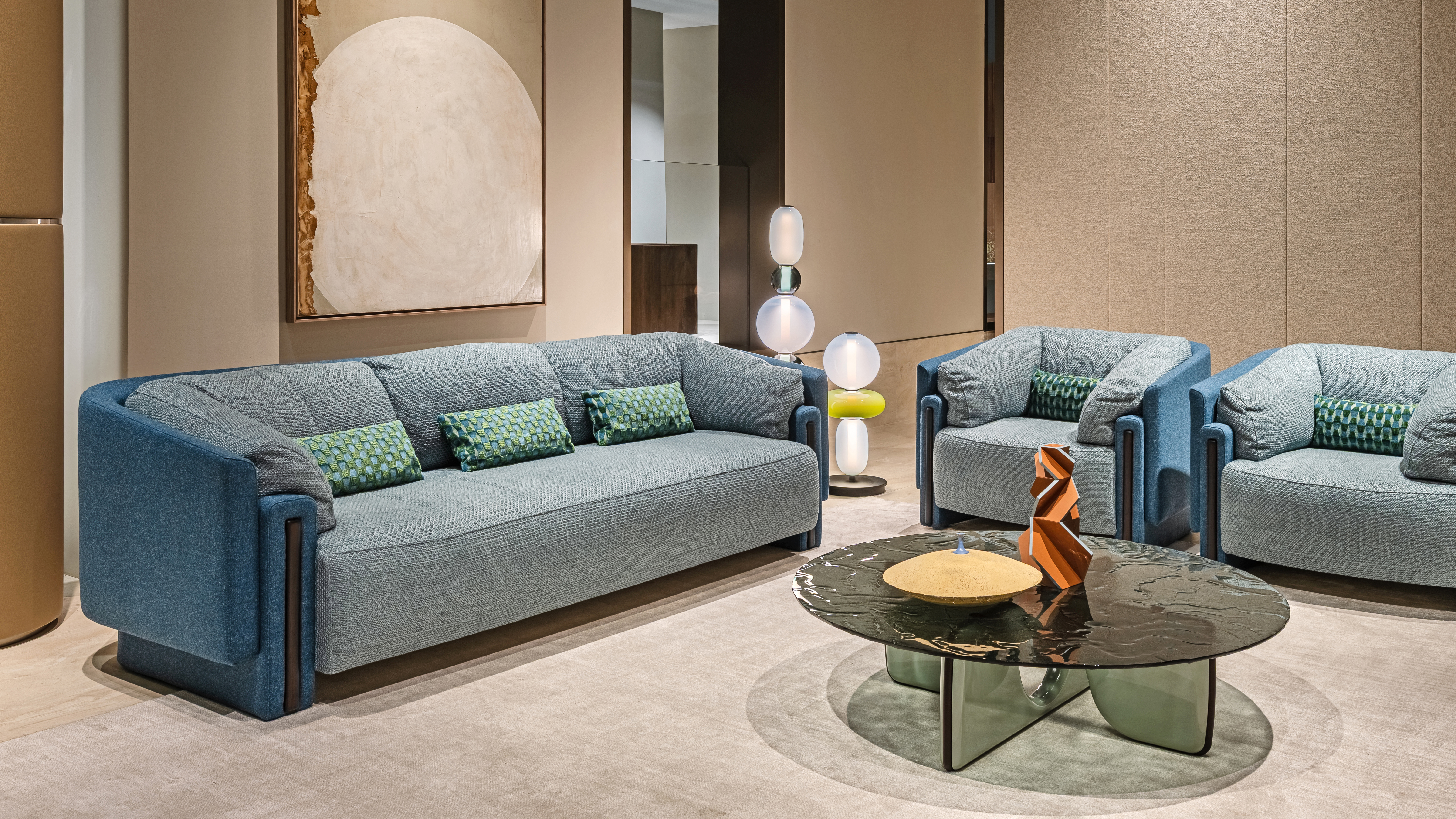 Inspired by a goddess, Turri’s ‘Vesta’ furniture is just heavenly
Inspired by a goddess, Turri’s ‘Vesta’ furniture is just heavenlyDesigner Francesca Lanzavecchia brings her signature poetic touch to the new furniture collection, marking Italian company Turri’s centenary
-
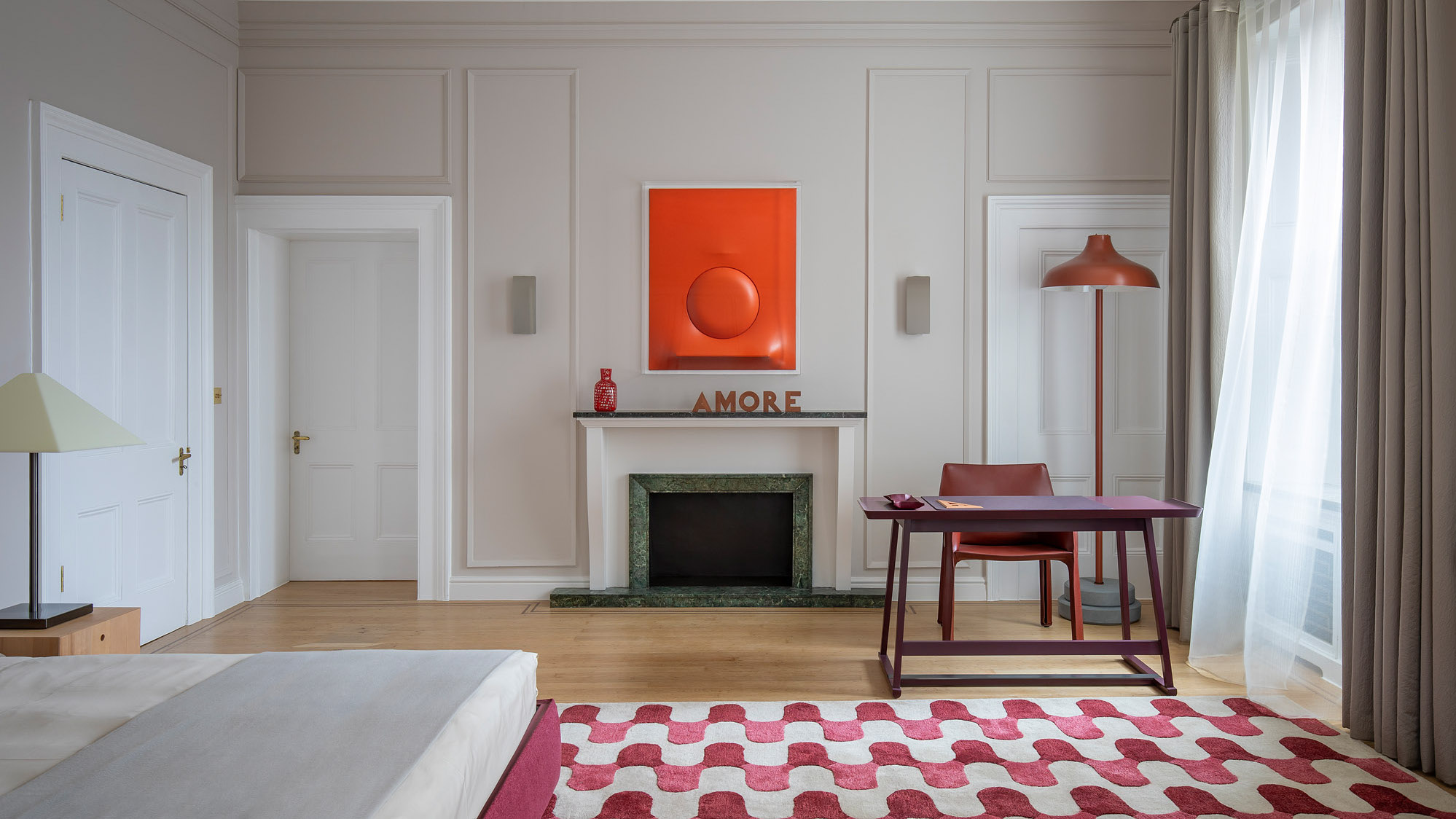 Tour the Italian ambassador’s redesigned London apartment
Tour the Italian ambassador’s redesigned London apartmentNick Vinson is behind the dazzling overhaul of this ambassador’s apartment, a happy marriage of past and present, and a celebration of Italy’s rich design legacy
-
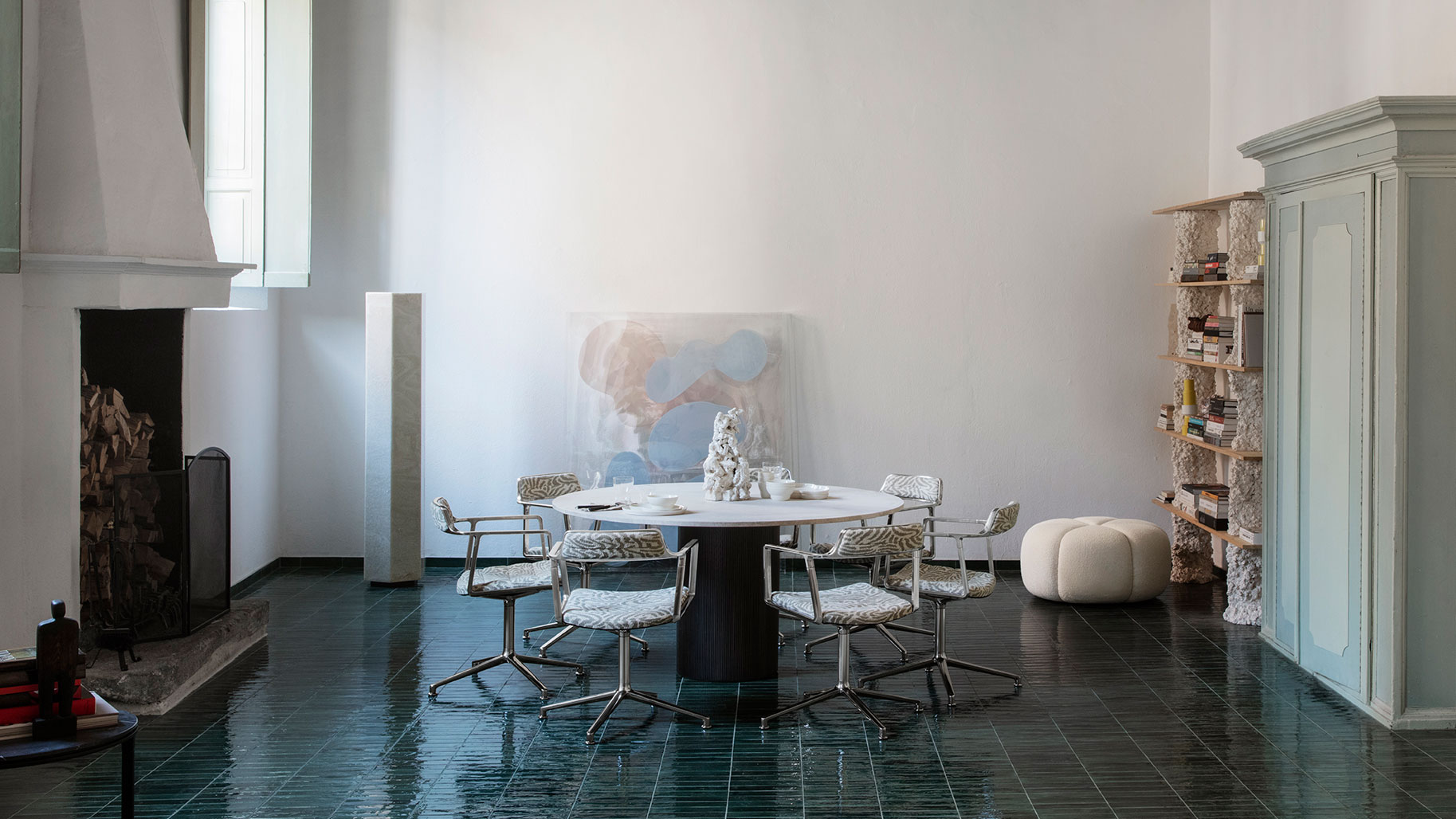 Vipp Palazzo pop-up hotel opens inside Brescia’s historical Palazzo Monti
Vipp Palazzo pop-up hotel opens inside Brescia’s historical Palazzo MontiScandi minimalism meets Baroque maximalism in Vipp Palazzo, a pop-up hotel by the Danish brand in the heart of Brescia
-
 B&B Italia celebrates 15 years of outdoor furniture
B&B Italia celebrates 15 years of outdoor furnitureFrom a woven design by Patricia Urquiola to an aeroplane-inspired collection by Piero Lissoni: we look back on exceptional B&B Italia outdoor furniture
-
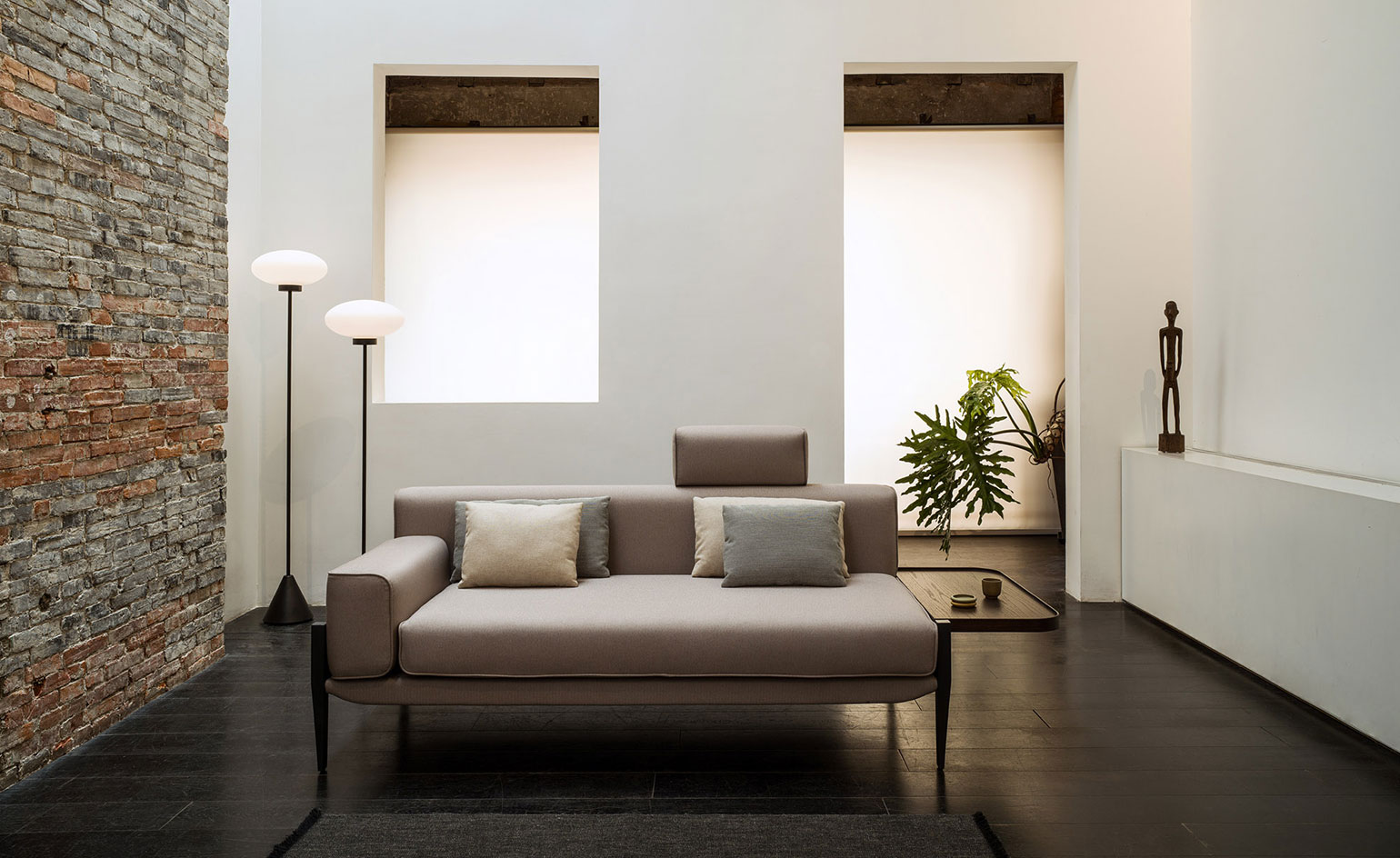 Michele De Lucchi unveils latest furniture design for Stellar Works
Michele De Lucchi unveils latest furniture design for Stellar WorksItalian designer Michele De Lucchi and Stellar Works present a new furniture collaboration consisting of a modular sofa with a floating silhouette that merges Italian and Japanese design sensibilities
-
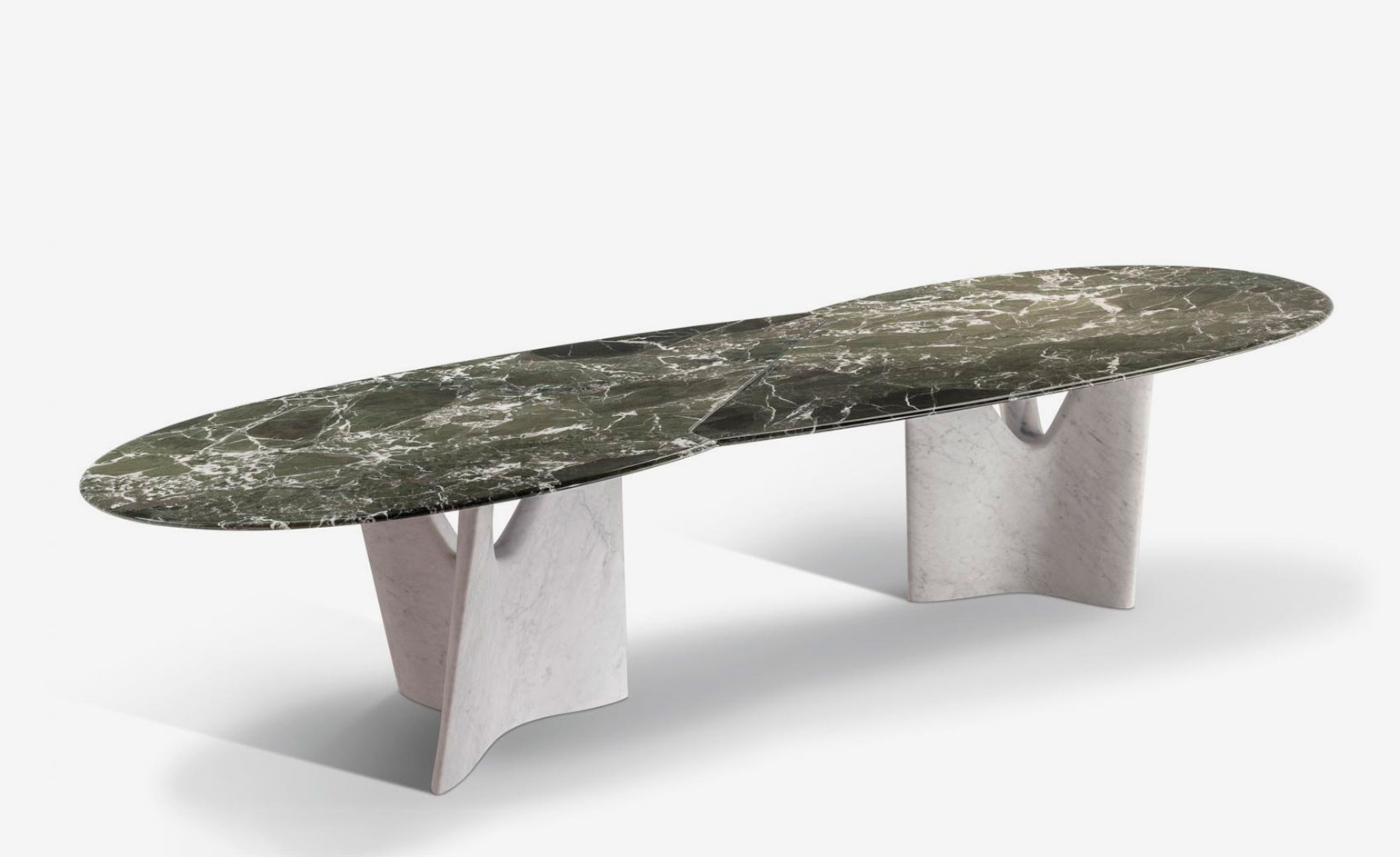 Marble table pushes the boundaries of furniture manufacturing
Marble table pushes the boundaries of furniture manufacturingThe sinuous forms of Roberto Lazzeroni's Infinito table for Poltrona Frau are defined by a rare marble and an innovative design approach
-
 Luigi Caccia Dominioni’s iconic chairs for Azucena get a chromatic update
Luigi Caccia Dominioni’s iconic chairs for Azucena get a chromatic updateAzucena and Serapian collaborate to instill new life into Luigi Caccia Dominioni's Catilina chair, a legendary design now updated with a distinctive leather mosaic motif